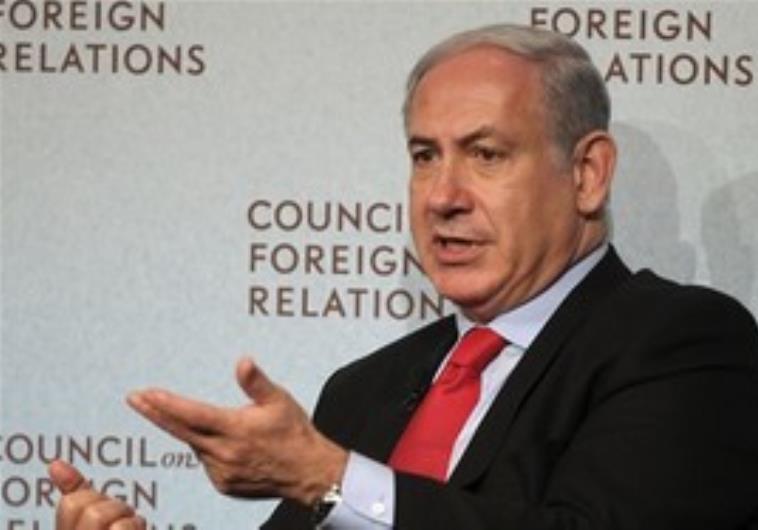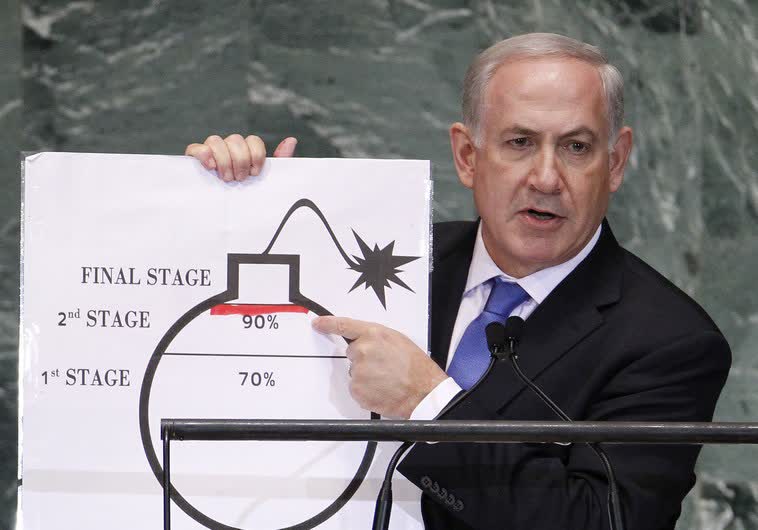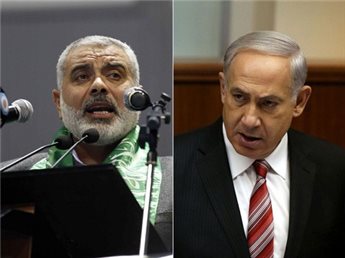I have been searching for strategies to try to move the Israeli-Palestinian conflict back toward a peace process that is viable, reasonable and could gain support in both communities and internationally. I would like to share some of my thoughts.
Previous attempts to settle the land dispute The Oslo framework was envisioned as a two-states solution predicated on the separation paradigm (some called it divorce) in which the Palestinian state would be established on 22% of the land and Israel on the remaining 78%. Because of the Israeli settlements, in order for that to happen, Israel would have to annex at least 5% of the West Bank and make a territorial swap on a 1:1 basis of land inside of the green line. While that annexation and territorial swap might place about 75-80% of the Israeli settlers under Israeli sovereignty, the remaining 70,000-100,000 settlers would be left behind. Meaning that they would either have to move back to Israel proper or to the annexed area.
It is very unlikely that they would be allowed to or chose to remain within the state of Palestine. The expansion of the Israeli settlements and Israeli control of land and infrastructure in the West Bank, along with the fact that those settlers in the hinterland are the most ideological and extreme settlers, makes this option extremely unlikely and unfeasible. Coupled with the objection of the majority of young Palestinians and a majority of Israelis to this option, the Oslo two-state solution model seems completely unviable.
Another model of the two-states solution is what was called “Two States, One Homeland” now called “A Land for All.” This model recognizes the importance of the totality of the land to both peoples and rather than being based on a paradigm of separation is based on the paradigm of cooperation. In their statement of principles, they write: “Our vision precludes supremacy by one nation over the other. Our vision is one of equal national and individual rights for everyone living in this homeland… Israel and Palestine will be two independent, sovereign states with full control over their territory, with a border drawn according to the June 4, 1967 lines… “The two states will establish a shared superstructure of effective, joint institutions operating on the basis of equality and agreed upon by both states… Each state will have full sovereignty in its territory. The borders will, however, be open to citizens of both independent states… With borders delineating political separation between the two states but not demographic or geographic separation…”
So in this model, Israeli settlers can remain where they are as citizens of Israel but residents of Palestine. Palestinian returning refugees could be citizens of Palestine but residents of Israel. It sounds far-fetched but it is a model that attempts to deal with the realities on the ground of settlers who for the sake of peace do not have to be removed from their homes.
IT SEEMS that the model most rapidly gaining support among Palestinians and internationals is one that focuses on citizens’ rights and less on national self-determination. This model argues that the two-state solution has died. They claim that the option of partitioning the land has been rejected by Israeli decisions to continue building settlements throughout the land. It is also rejected by Palestinians who see Palestine as more than the West Bank and Gaza.
There are those who speak directly about a one-state solution and there are others who do not speak about a solution but only about the urgent need to attain equal rights. The slogan for this model is very simple and hard to reject: one person, one vote. The need to protect the national, ethnic, and religious identities of both peoples living on the land can be done by mutual agreement through democracy within the basic framework of the equal right for equal rights. Both peoples want to protect their identity and their historic connection to the land. Both peoples claim religious connections to the same holy places and it is possible to imagine a willingness to respect those connections if there is full mutuality and parity of those rights.
I do believe that there is little viability to the classic two-state solution. It seems that a majority of people on both sides do not think it is possible. The international community and those locally who profit from the status quo remain its main advocates. To these people, I say either recognize the state of Palestine now or stop mouthing the mantra of two states. I say this mainly to the US and to the EU states that have not recognized Palestine, but also to Japan, Australia, Canada, the UK and other large and important countries.
I think that serious Israelis and Palestinians need to sit together and discuss other models of federation or confederation (A Land for All is a confederation model) or other hybrid solutions. I also believe that the Palestinians should adopt a universal call for full equality that includes the Palestinian citizens of Israel. The adoption of the equal rights model by Palestinians should be part of a widespread and genuine adoption of a Palestinian commitment to complete non-violence.
This does not mean acquiescence to the reality of occupation and the absence of political and human rights, which is their current reality. Once accepting the demand for full equality, which is the essence of “one person, one vote” there must be the understanding that ultimately it is a statement of a genuine readiness to live together with Jewish Israelis in full peace and equality.
Our main challenge is that a large majority of Israelis and Palestinians do not believe that there is any chance in the foreseeable future of peace or even a viable peace process. Public opinion is a good reflection of the reality of the complete absence of real leaders on both sides who believe in genuine peace. Public opinion on both sides can and will change when there are leaders on both sides who recognize the legitimate existence of the other side and are genuinely prepared to discuss and negotiate all claims and possibilities for resolving the conflict.


